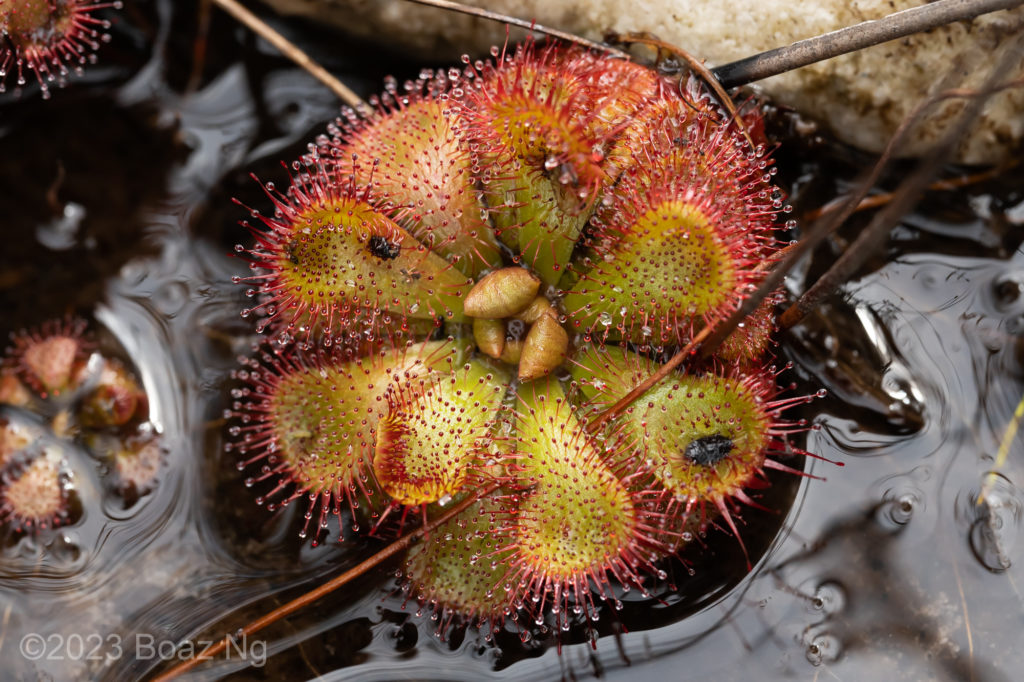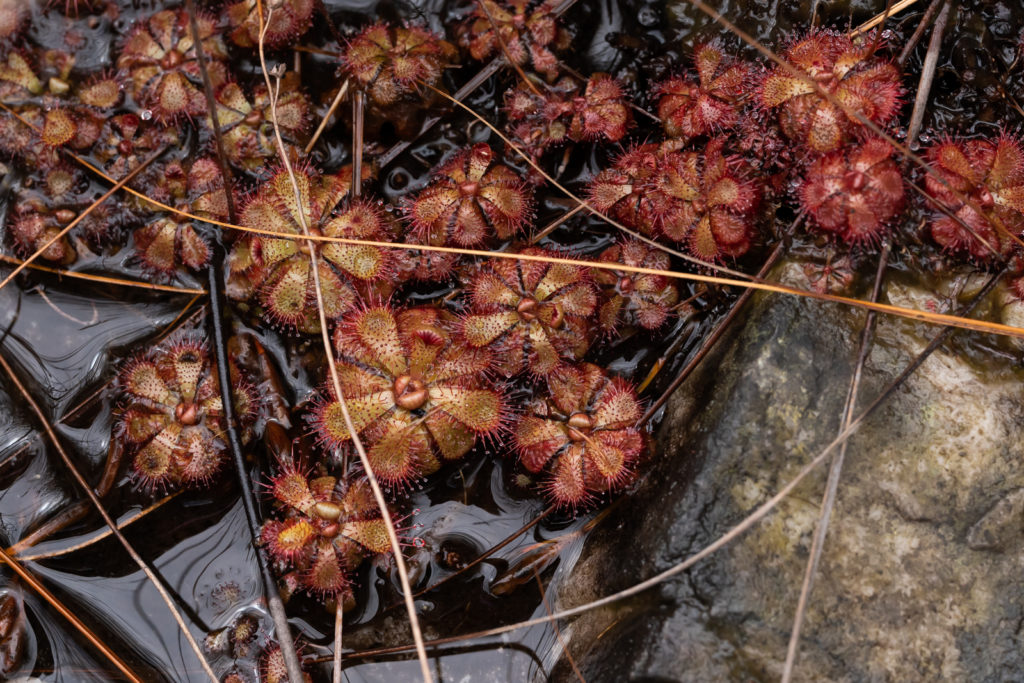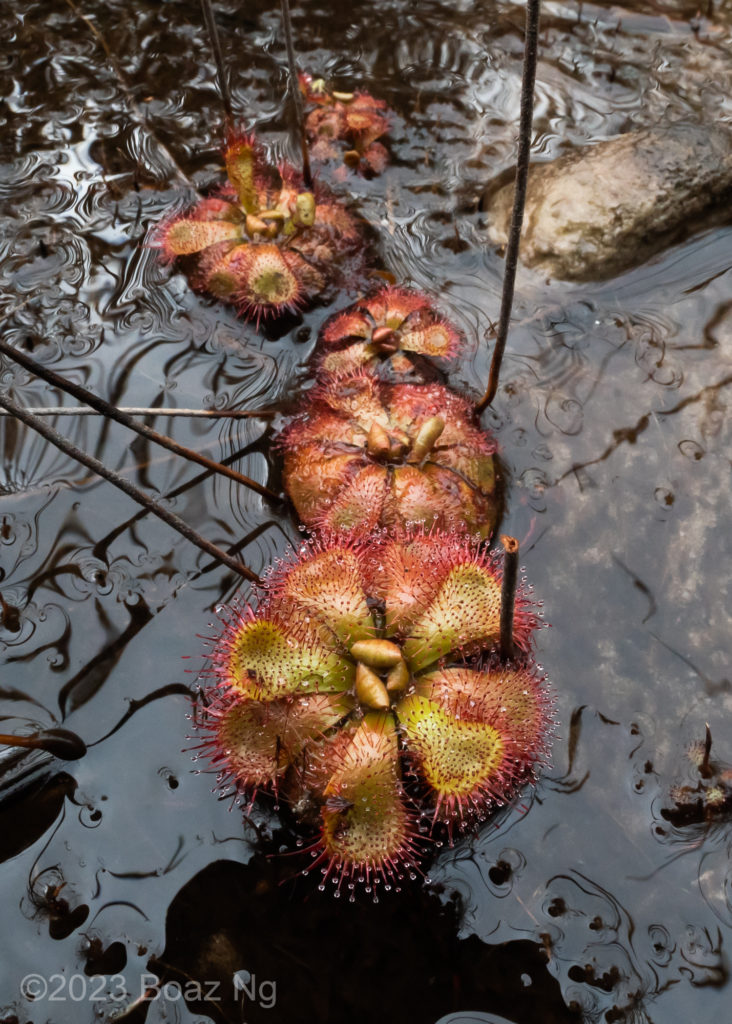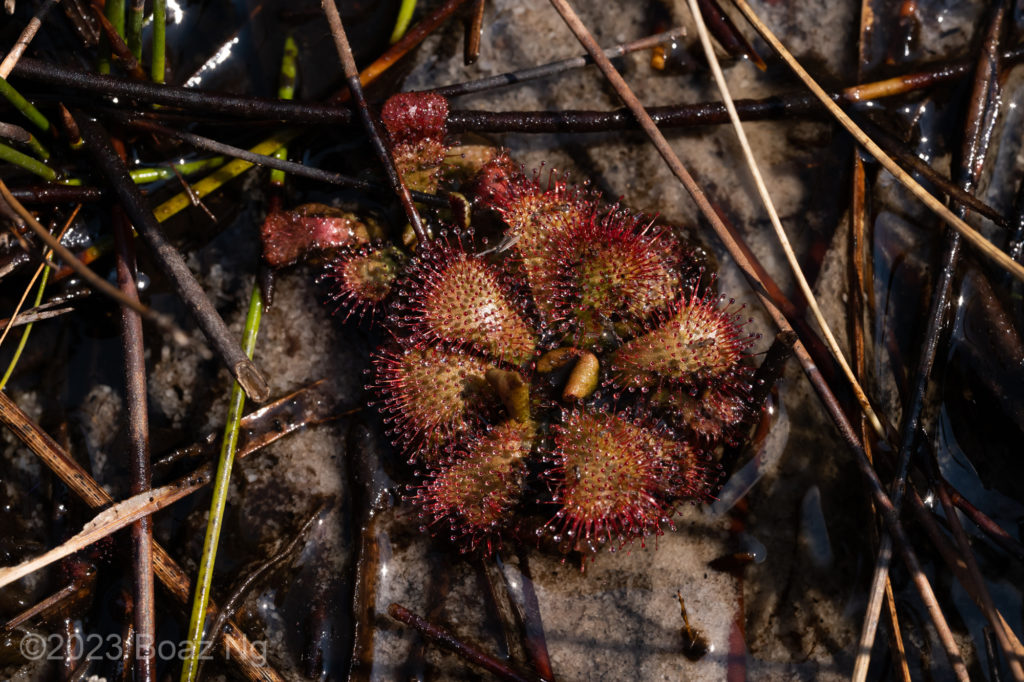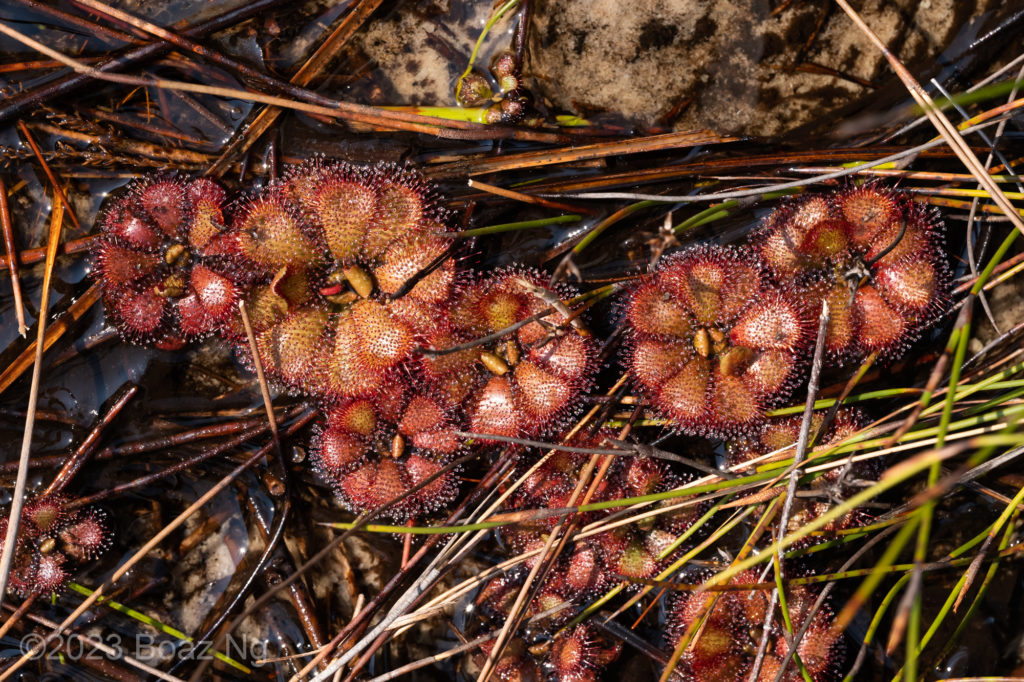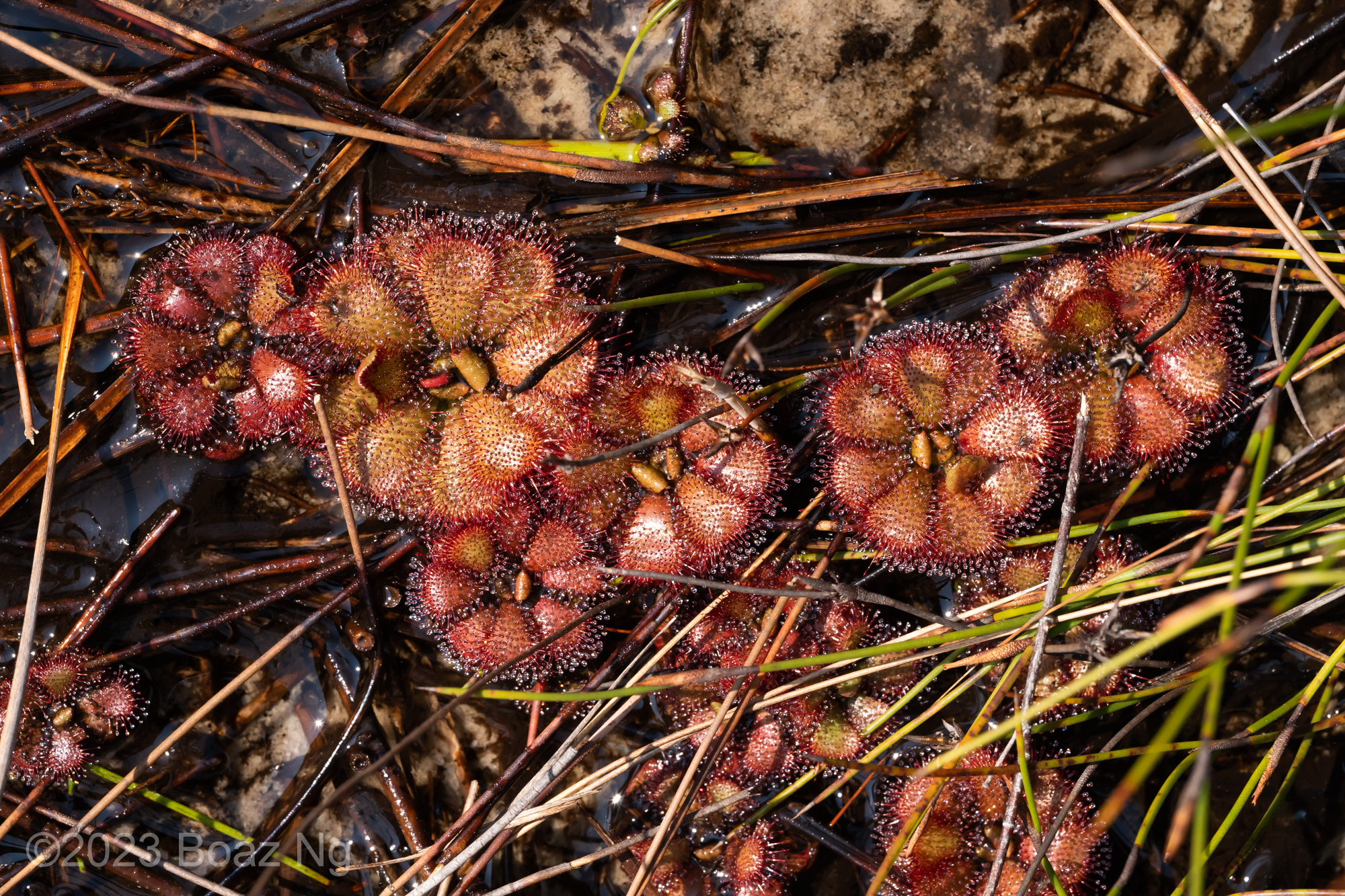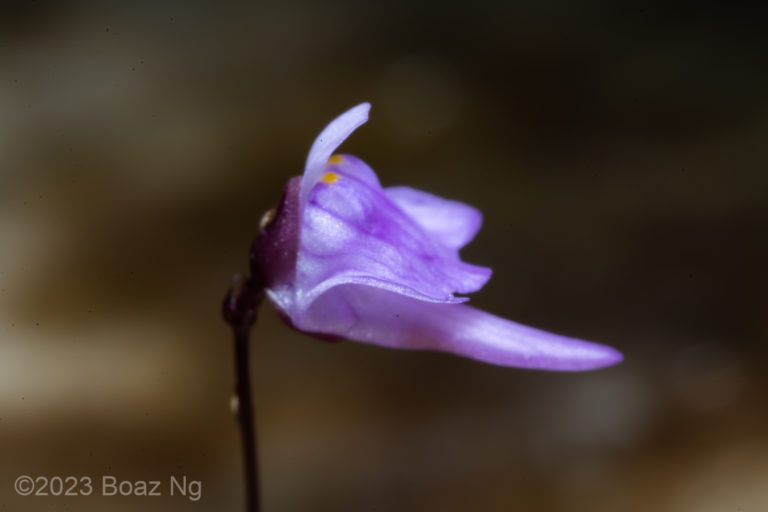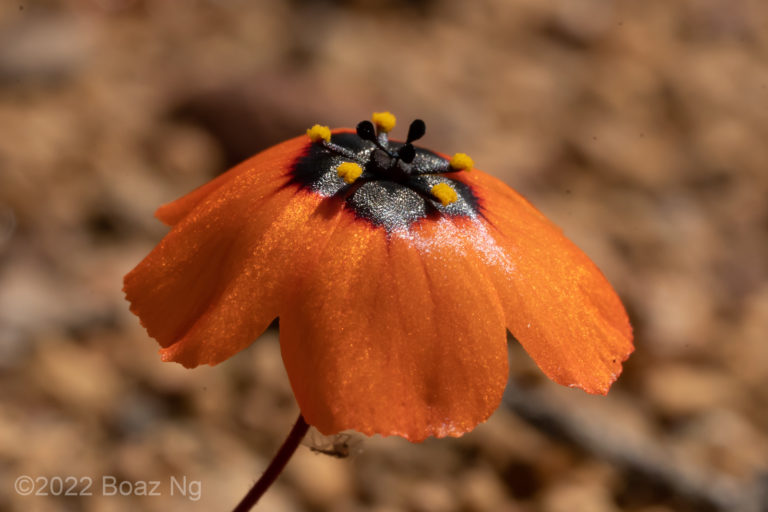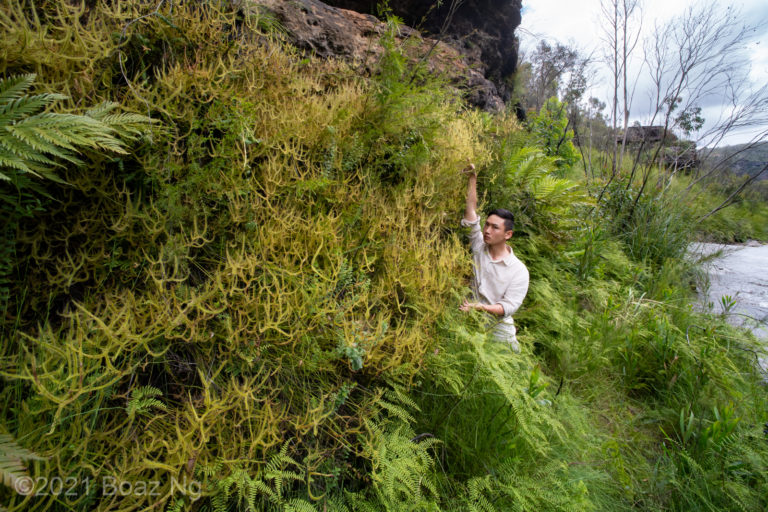Drosera admirabilis is a rosetted sundew endemic to South Africa. The species is named for its admirable appearance.
Drosera admirabilis grows small rosettes up to around 3cm in diameter. The leaves are moderately long, and wider at the edges. The undersides of the petioles have a sparse covering of long hairs, however these are often hard to see when wet. In cultivation, a raised stack of old leaves can form under the plants, however this ‘skirt’ rots in the wild as it is invariably submerged. In nature, a rosette of active leaves is elevated to the surface of the water. The plants are usually a distinctive brownish colour.
The species is found in mountainous areas of the Western Cape, where it grows in permanent seepages that remain wet during summer. It usually grows in pooled water during wet periods. The rosettes appear to float on top of the water, and the plant was known as sp. ‘floating’ prior to its formal description.
Drosera admirabilis is superficially similar to a few rosetted sundews that share its range and habitat. It is distinguished from D. aliciae by the lack of obvious stipules (D. aliciae has obvious stipules and prefers a slightly drier niche). It shares its wet habitat with D. slackii but differs in that it doesn’t have fleshy protruberances at the bottom of the leaves (D. slackii has fleshy protruberances that are obvious at the center of the rosette). It differs from D. trinervia in that it lacks small glands that cover the leaves (D. trinervia is covered with small glands in addition to the tentacles).
